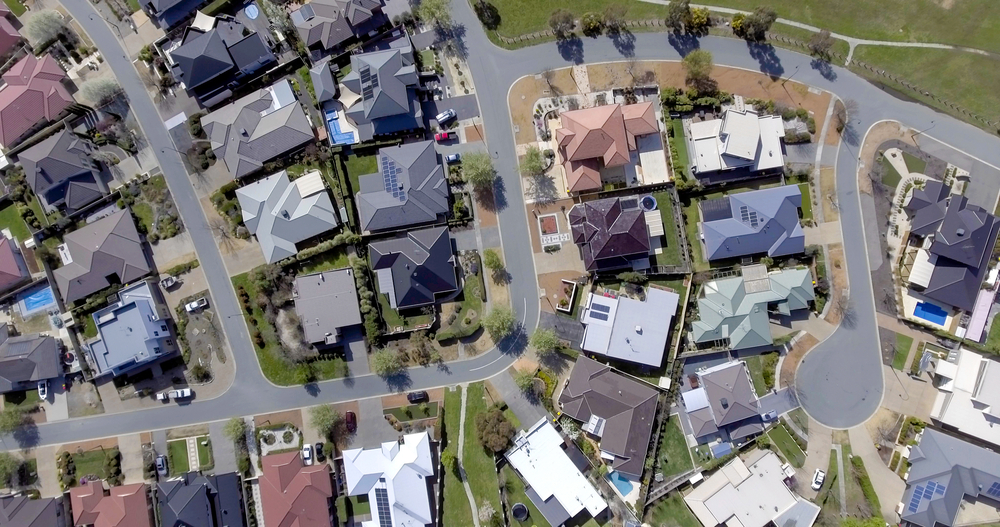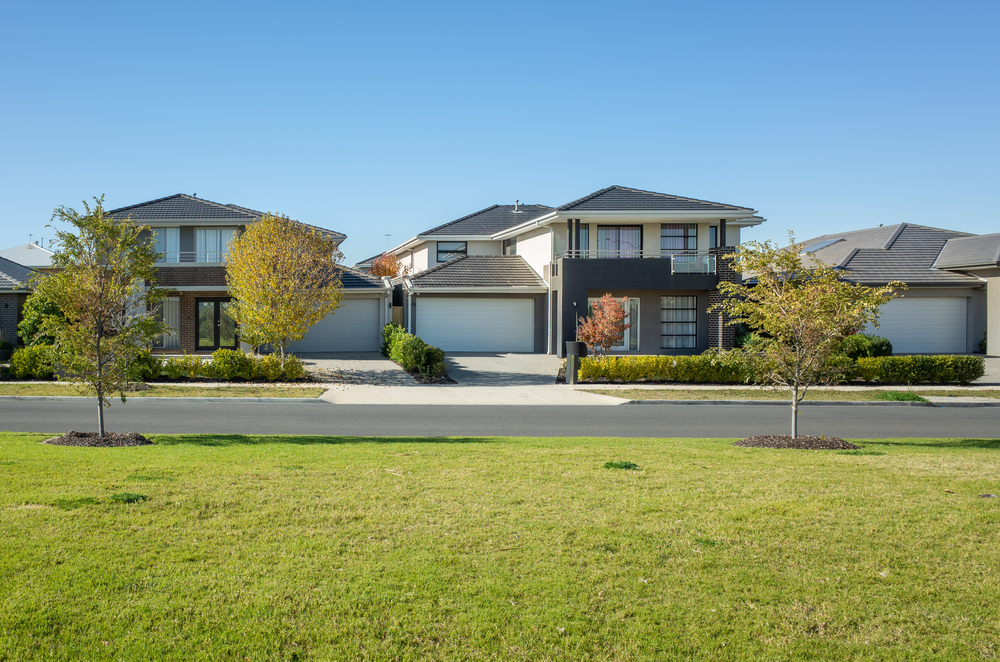One year is a long time in politics. After delivering a budget that straddled the right balance between balance sheet repair and fiscal expansion, the 2024/25 budget was delivered with an eye to next year’s election. Tonight’s announcements centred around cost-of-living relief for all and the well-publicised plan for a “Future Made in Australia” promising over $22bn in spending over the next ten years but also bringing higher deficits over the forecast period.
Treasurer Jim Chalmers’ third Budget shows the government is on track to achieve a budget surplus of $9.3bn, a $10bn turnaround on MYEFO that predicted a $1.1bn deficit. The surplus was again driven by a range of upside surprises to revenue, e.g. the strong labour market, solid wage growth and net overseas migration. Tax revenue was considerably higher than the previous forecast, with the government’s tax receipts at 25.8% of GDP - the highest level since 2007.
An improved fiscal position provides scope for the government to increase spending on temporary cost-of-living relief while committing to the “Future Made in Australia” program which involves tax concessions and subsidies to industries the government deems critical to achieving its net zero target. $7.2B has been committed to cost-of-living relief measures including energy rebates and rent assistance. However, there has been no meaningful attempt to tackle structural pressures from NDIS, aged care, and health care, which has seen growth outpace inflation over the past few years.
Ahead of the election next year, this was another chance for the government to demonstrate their economic credentials. With a helping hand from commodity prices and a strong labour market, we think the government has played it safe, opting to leave meaningful structural reform aside. In summary, the measures announced today is unlikely to move the dial on market sentiment.
Key highlights
• Spending the surplus - At the headline level, a surplus of A$9.2b is expected in 2023-24 (+0.3% of GDP), significantly improving upon the $13.9b (0.5% of GDP) deficit predicted at last year’s Budget. That said, deficits are expected over forward estimates as commodity prices are forecast to ease and unemployment set to rise. Also, extra spending commitments (“Future Made in Australia”, stage 3 tax cuts) will weaken the fiscal position over the forecast period. The
• Marginally inflationary but no big deal for equity markets – taking everything into account, a surprise surplus, the coming stage 3 tax cuts, a bump in government spending, and some targeted measures to address cost-of-living pressure should not worry investors. Importantly for the market, a strong fiscal position and few inflation-inducing spending measures should also reassure investors that a slowdown is possible without a recession.
• Few consumption levers pulled this year – A feature of the previous Labor Budget’s such as large one-off cash payments, new welfare programs and tax offsets were notably absent. Instead, energy bill relief and the reworked stage 3 tax cuts are expected to do the heavy lifting on cost-of-living support. Big spending programs were replaced by targeted relief to and low-medium income households such as rent assistance. So this Budget will not provide the sugar hit to retailers we’ve seen over the past few years coming out of COVID.
• Budget assumptions and a cut expected to net overseas migration – Forecasts provide a low hurdle for the December MYEFO or next year’s pre-election Budget. Key commodities are assumed to decline from elevated levels with iron ore price assumed to decline from US$117/tonne to US$60/tonne by March 2025; the metallurgical coal spot price declines from US$227 to US$140/tonne; the thermal coal spot price declines from US$105 to US$70/tonne. AUD is expected to remain at 65c through the forecast period. The Budget expects net overseas migration to be 395,000 this year, after 528,000 last year. The government forecasts that it will fall to 260,000 next year, to 255,000, and to 235,000 in the following years.
Our thoughts
Labor’s third Budget delivered another surprise surplus for the government leaving some wiggle room to spend ahead of the 2025 election year. While the “Future Made in Australia” promises to drive investment in the green economy, many questions remain about its implementation and effectiveness in competing in industries where we lack a comparative advantage. Implementing the re-cut stage 3 tax cuts and some cost-of-living relief will provide some support for domestic demand, which in our view is mildly inflationary but unlikely to move the dial meaningfully on corporate profitability.
Successive governments have lacked the determination to bring about significant structural reform, chiefly around genuine tax reform, productivity and housing. This Budget is no different. The lack of genuine long-term reform at time when the federal balance sheet has been boosted by elevated tax revenues, a strong job market and cyclically high commodity revenue is a missed opportunity for Labor.
In our view, the Budget is unlikely to bring about significant revisions to corporate earnings, however the ongoing commitment to support the vulnerable parts of the economy should help market sentiment and support earnings confidence. Moreover the surplus has reinforced Australia’s sovereign credit rating which can be viewed as favourable for inbound investment. We also see company dividends as sustainable if economic conditions hold. We prefer a targeted portfolio approach favouring quality (strong cashflow and market position e.g. COL, TWE, DBI, QBE, CSL), sectors linked to higher-for-longer inflation (Energy, Resources) and select cyclicals (MGH, CWP, QAL, BLX, ACF). See our Best Ideas for our most preferred exposures.











